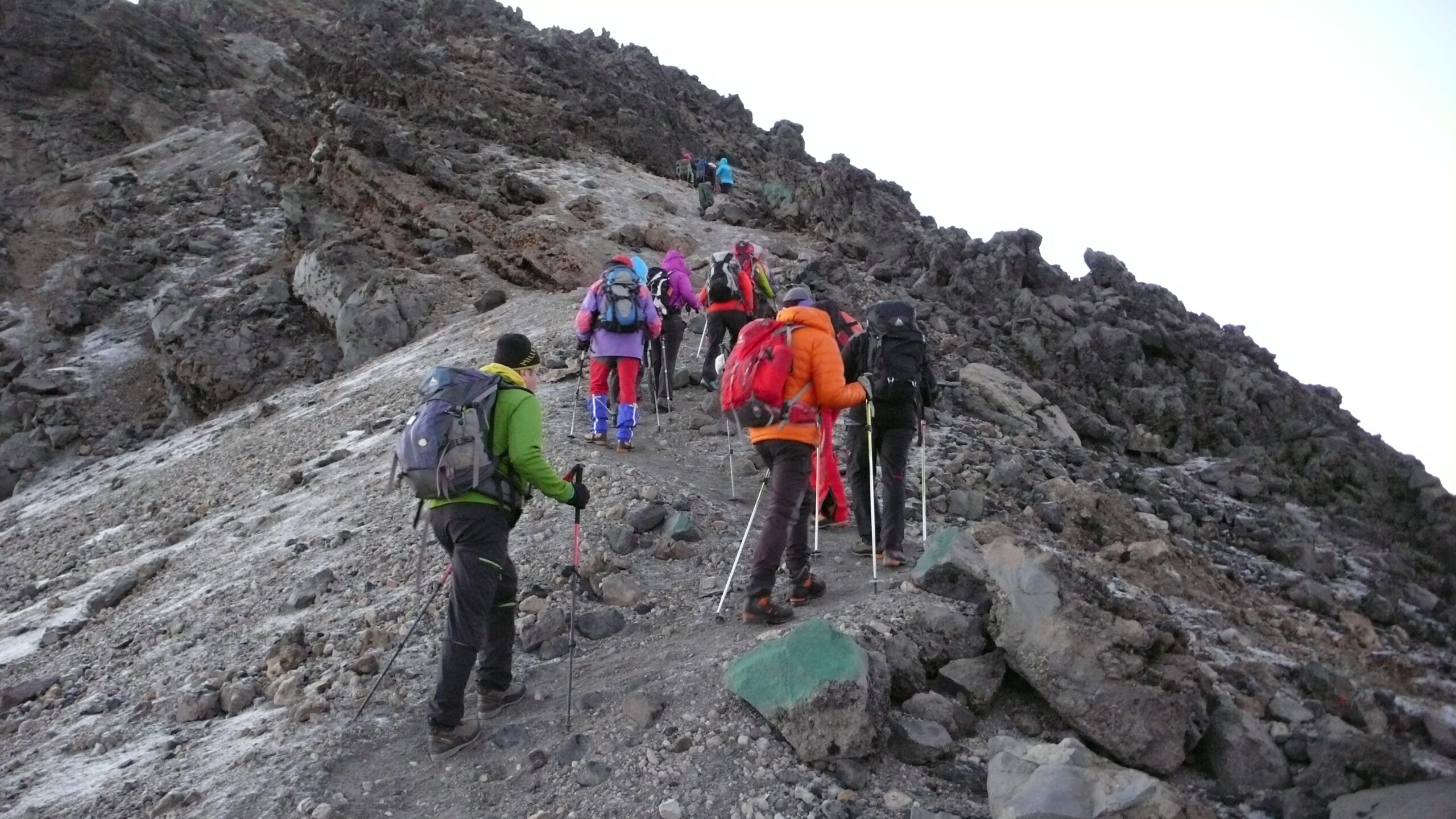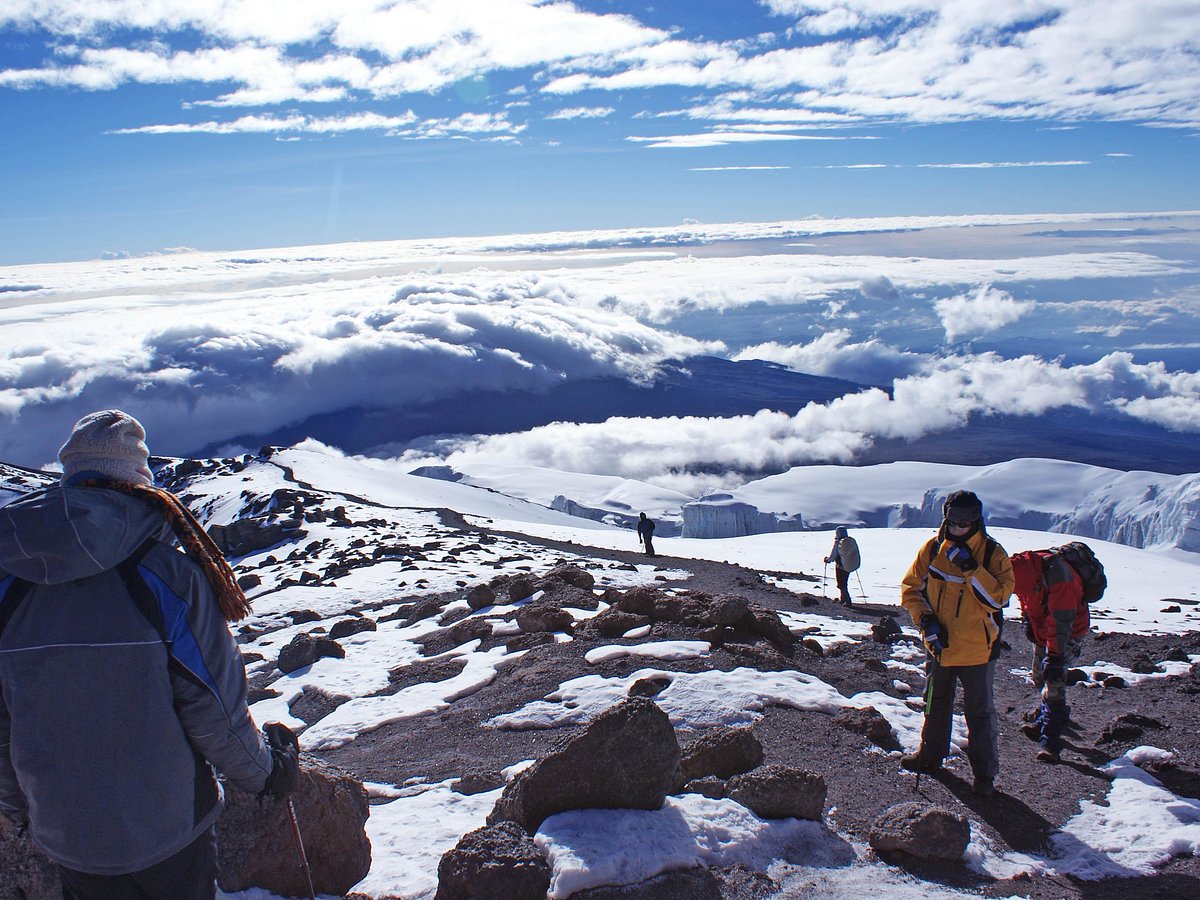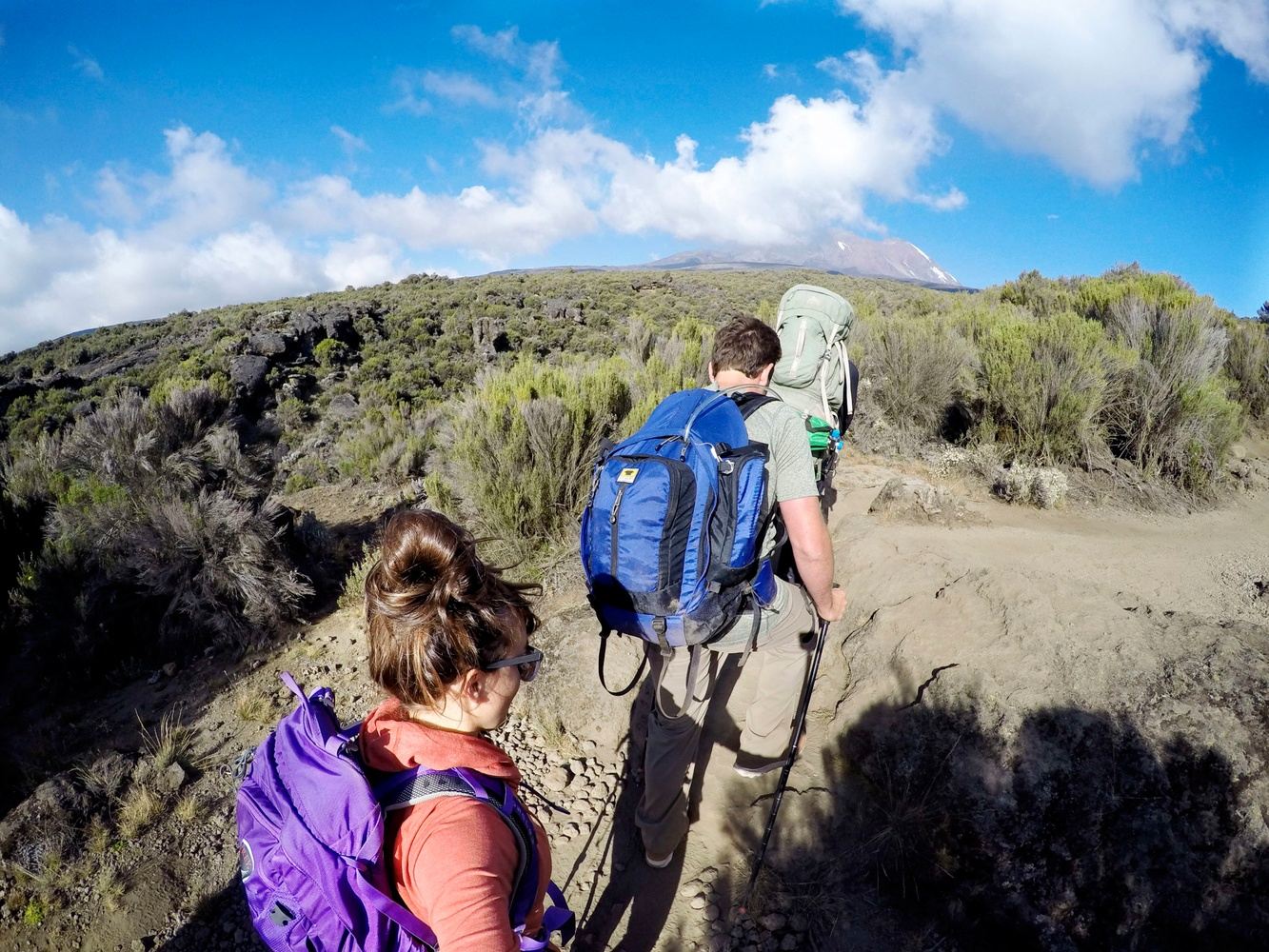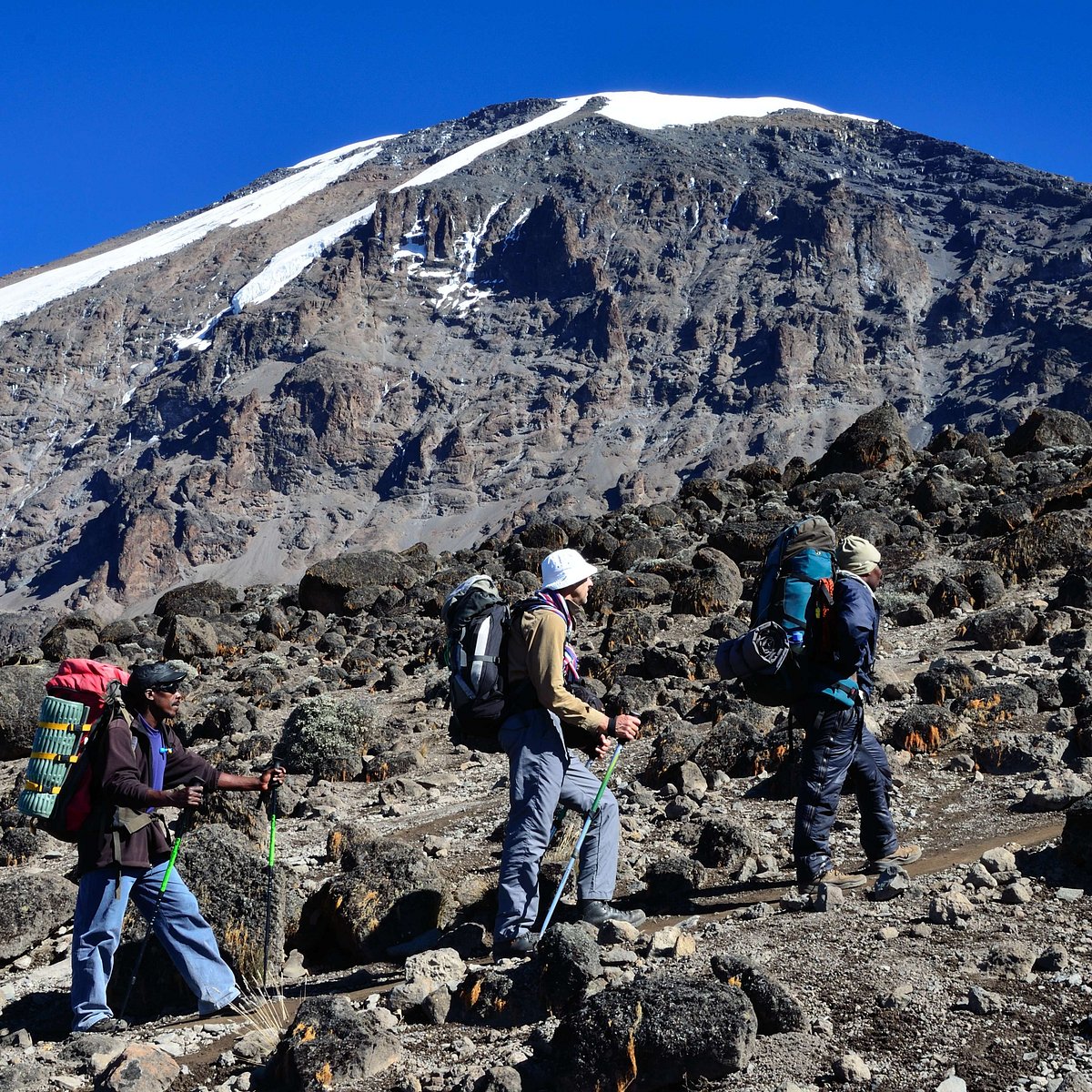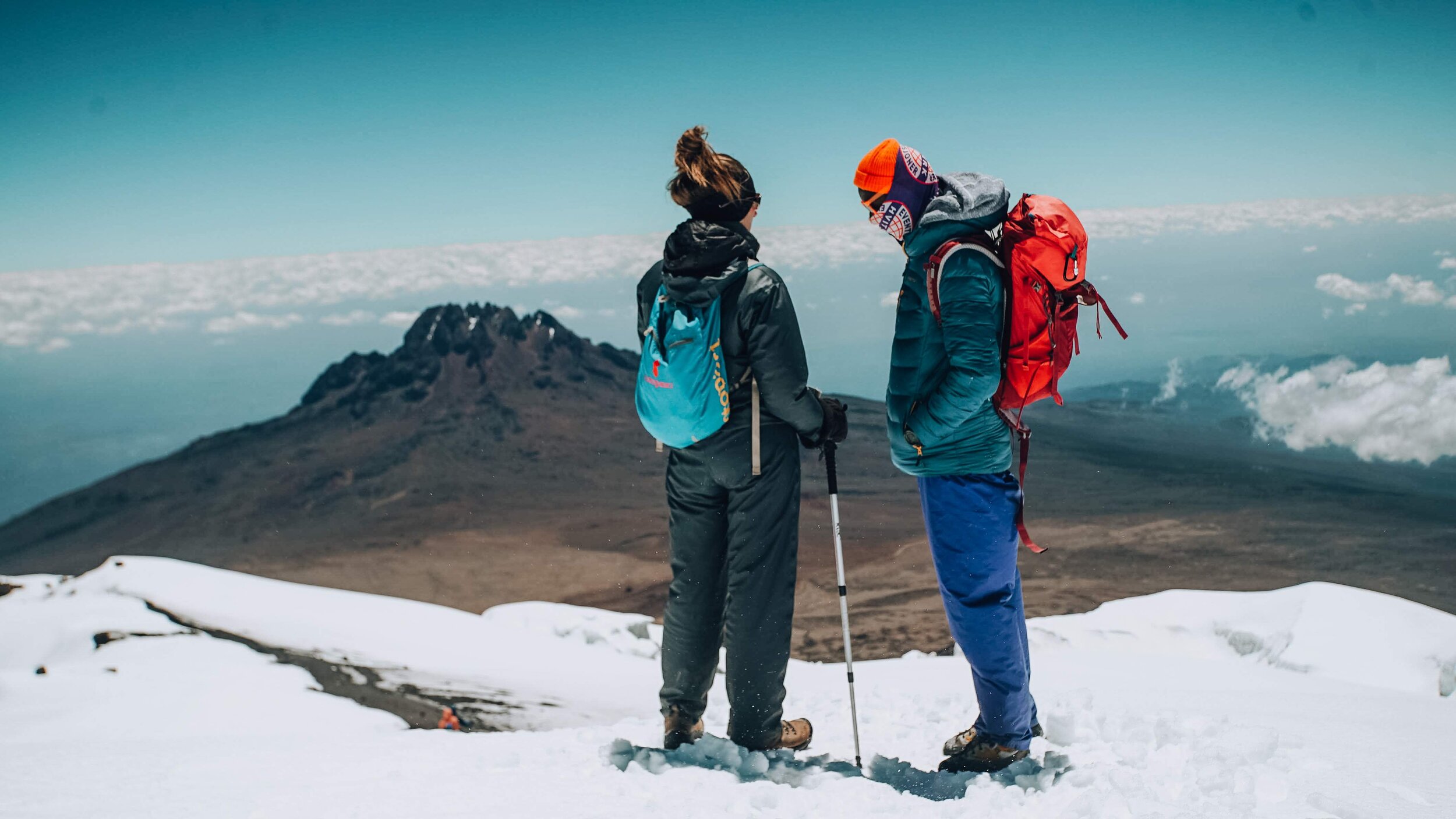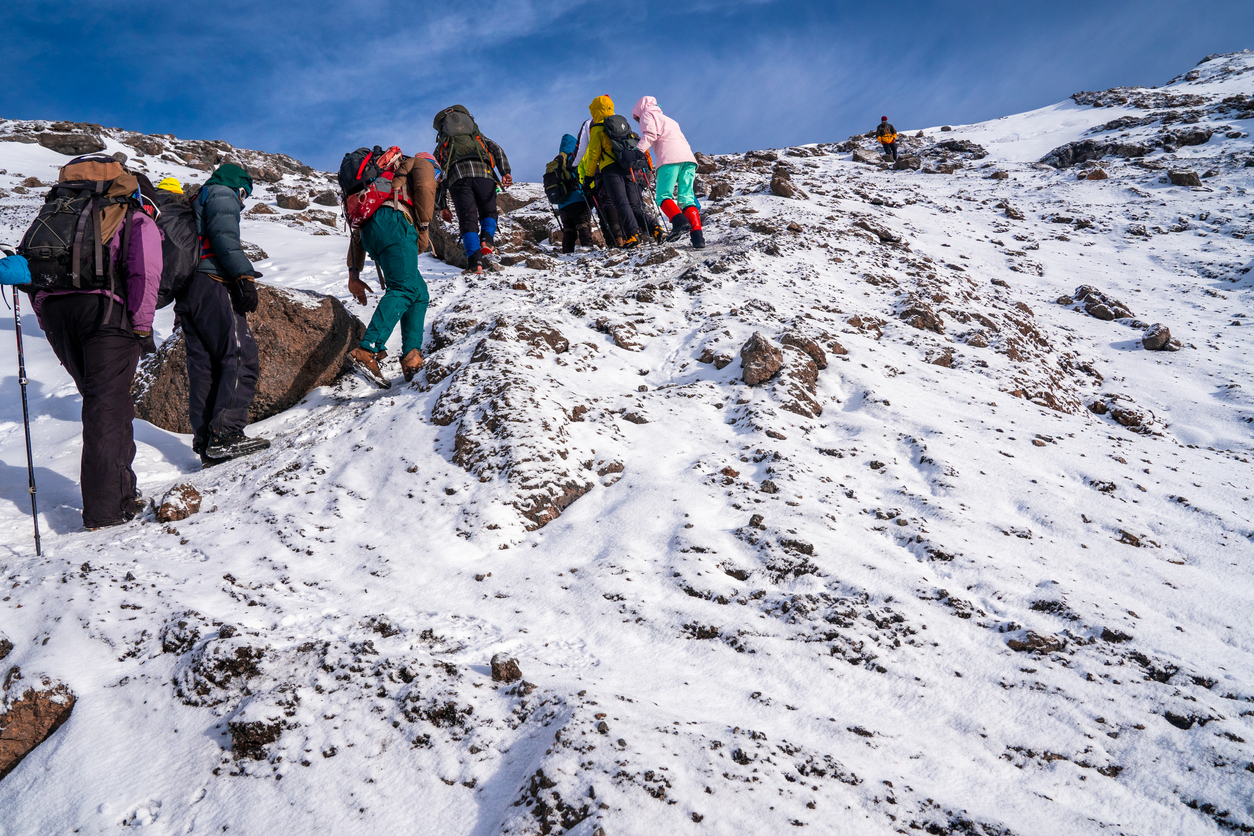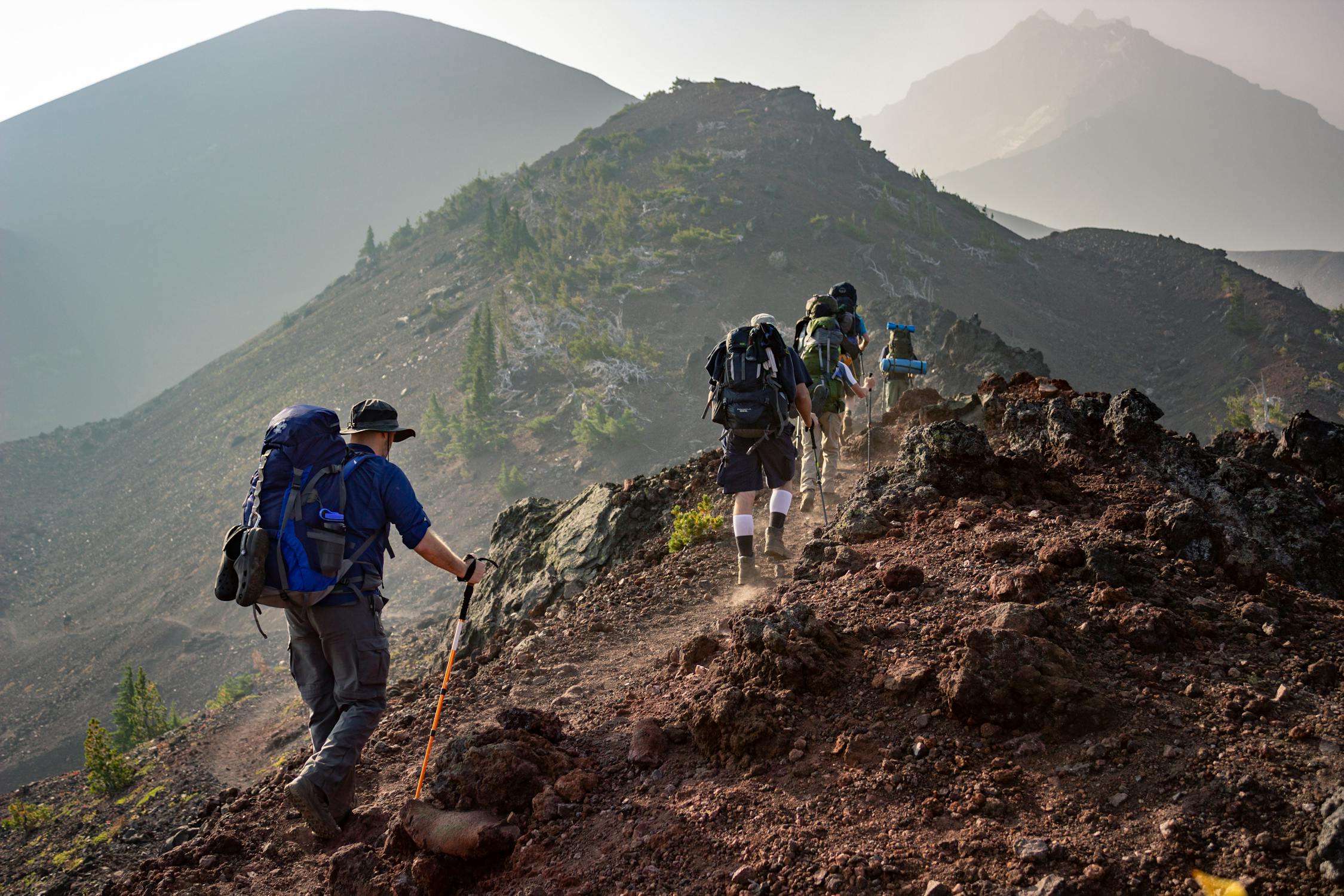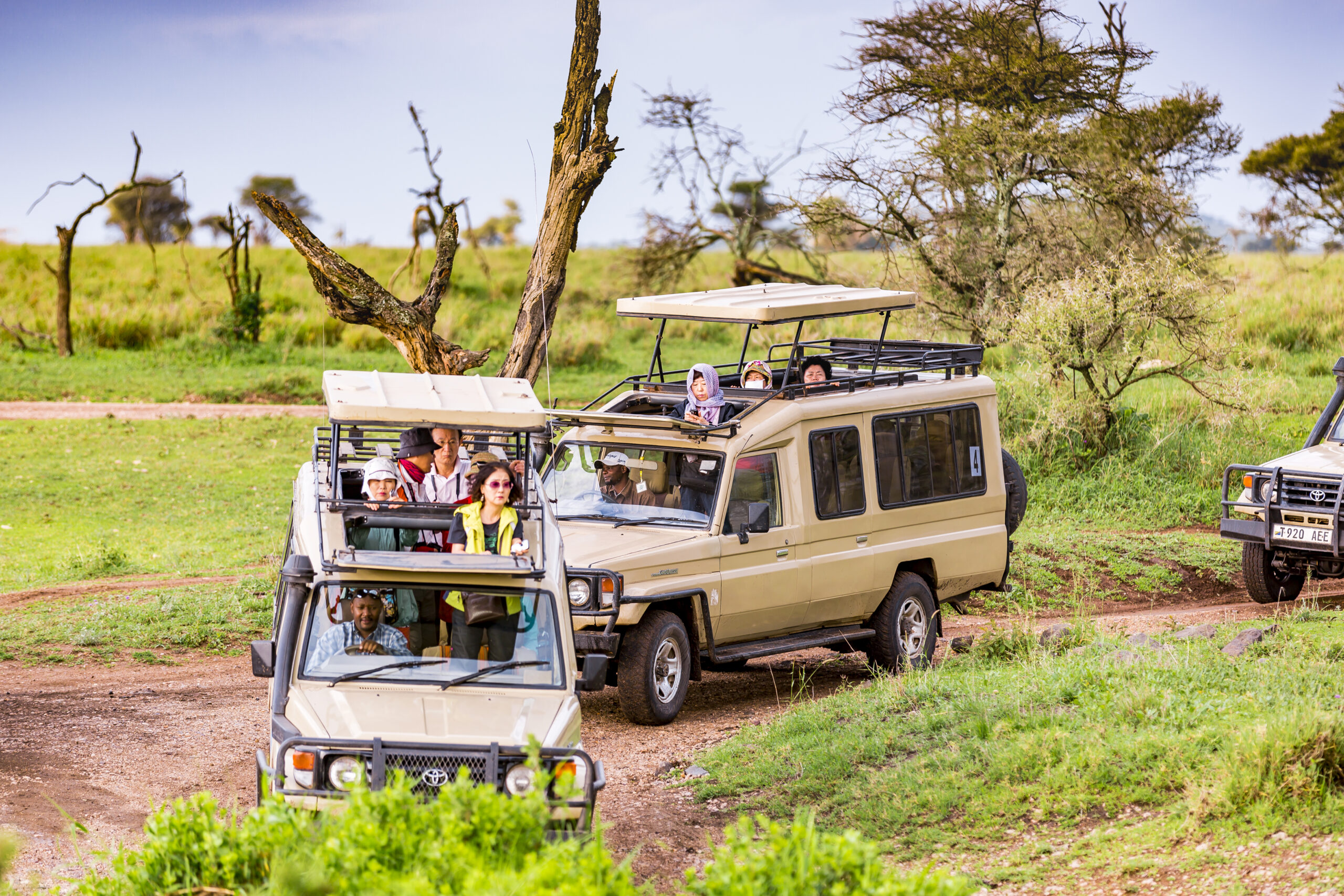Altitude Sickness
Home » Altitude SicknessAltitude Sickness: What Every Kilimanjaro Climber Should Know
Climbing Mount Kilimanjaro is an unforgettable adventure, but ascending nearly 6,000 meters (19,341 feet) means facing thinner air and much lower oxygen levels than at sea level. This rapid change can cause altitude sickness (also called acute mountain sickness or AMS), which can affect anyone regardless of fitness or experience.
Understanding altitude sickness—its symptoms, prevention, and treatment—is crucial for a safe and successful climb.
What Is Altitude Sickness?
Altitude sickness happens when your body struggles to adapt to lower oxygen levels at high elevations. Symptoms can range from mild discomfort to severe, life-threatening conditions.
Common Types of Altitude Sickness
1. Acute Mountain Sickness (AMS)
- Most common form, usually develops above 2,500 meters (8,200 feet).
- Symptoms: headache, nausea, dizziness, fatigue, difficulty sleeping, loss of appetite.
2. High Altitude Pulmonary Edema (HAPE)
- Severe and potentially fatal condition with fluid buildup in the lungs.
- Symptoms: shortness of breath at rest, persistent cough (sometimes frothy sputum), chest tightness, weakness.
3. High Altitude Cerebral Edema (HACE)
- The most dangerous form, involving brain swelling.
- Symptoms: severe headache, confusion, loss of coordination, hallucinations, unconsciousness.
Why Does Altitude Sickness Occur?
As altitude increases, air pressure drops, and less oxygen is available with each breath. Your body needs time to acclimatize by producing more red blood cells and adjusting breathing. Rapid ascent does not allow enough time to adapt, increasing risk.
Symptoms to Watch For
| Symptom | Mild AMS | Severe AMS / HAPE / HACE |
|---|---|---|
| Headache | Common | Severe, persistent |
| Nausea/Vomiting | Mild | Severe |
| Dizziness | Common | Severe, loss of balance |
| Fatigue | Moderate | Extreme |
| Shortness of Breath | On exertion | At rest, worsening |
| Swelling (hands/feet) | Possible | Significant |
| Confusion | No | Yes |
| Loss of Coordination | No | Yes |
Prevention Tips
- Ascend Slowly: Follow “climb high, sleep low” principle.
- Stay Hydrated: Drink plenty of water.
- Avoid Alcohol & Smoking: They impair acclimatization.
- Eat Light, Balanced Meals: Focus on carbohydrates for energy.
- Listen to Your Body: Don’t push through severe symptoms.
What To Do If Symptoms Occur
- Mild Symptoms: Rest, acclimatize, do not ascend further until improvement.
- Severe Symptoms (HAPE/HACE signs): Descend immediately, seek emergency help.
- Medications: Acetazolamide (Diamox) may help prevent or reduce symptoms; consult a doctor before use.
When to Stop or Descend
Never ignore severe symptoms. Early recognition and descent save lives. If confusion, loss of coordination, or severe breathing difficulty occurs, descend immediately and get medical attention.
Kilimanjaro Climbing Tips to Minimize Risk
- Choose routes with longer acclimatization time (e.g., Lemosho, Northern Circuit).
- Take rest days or short acclimatization hikes.
- Inform your guide immediately of symptoms—guides are trained to assist and coordinate emergencies.
Summary
Altitude sickness can affect anyone but is manageable with preparation, caution, and respect for your body’s limits. Knowing symptoms and prevention strategies boosts your chances to safely reach Kilimanjaro’s summit and enjoy every moment of this incredible journey.
Explore other options
Plan and book your trip with Lumara Migration Safaris
Your dream African adventure starts here. From thrilling safaris and cultural encounters to serene beach escapes, let our expert team craft a personalized experience just for you.

